Solar Powered RV
This will be my version of solar power for an RV. This will include the reason why I design it the way I did.
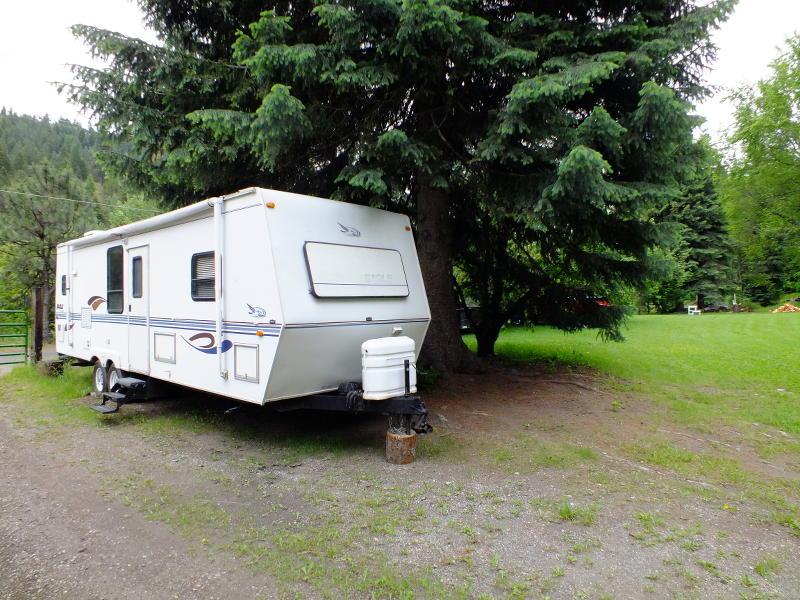
Let take for example the idea of boondocking in the woods. Like what you see here and parking the RV in the shade of the trees to reduce interior temperature during the summer. Like with this spot in my own yard I've seen days of 105*F right here but the RV barely reaches 80-85*F inside because of the amount of shade. This is nearly a perfect spot for an RV for camping. But now since boondocking in my prime method of camping that means where I go will not have any hookups at all. So this rules out the 120 VAC power. So what I've done is manufactured my own version of a power system for my RV. I still have a choice of using my little 2,000-watt generator or my internal 1,200-watt inverter. Typically I don't pack the generator being it requires fuel, hauled in the pickup, moved out in the wood on a longer extension cord to reduce the noise more. Even though it's not very loud per says it still annoying to listen to the generator hum away outside.
My Power Cabinet
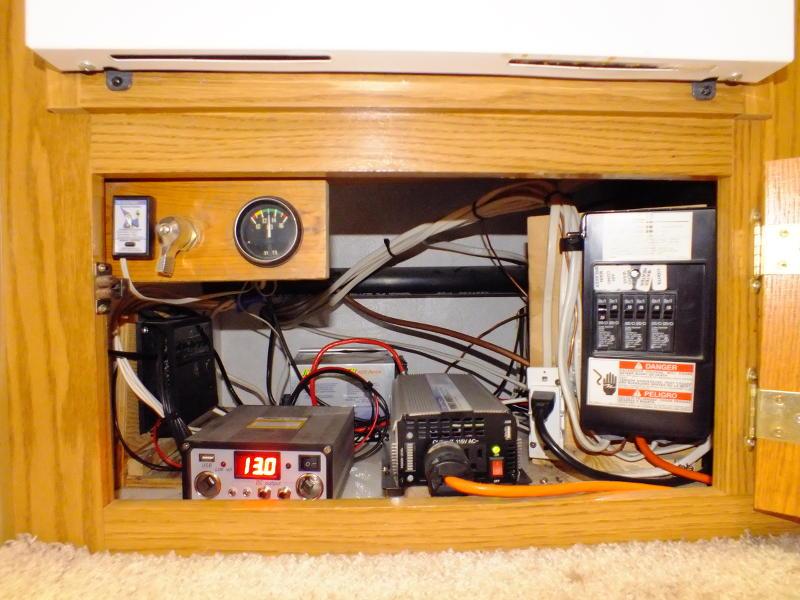
In this cabinet, I've got everything to control my power for my RV.
Left front is my pendant for the convert to control the charge rate while hooked up to 120VAC power. Main Shut OFF switch which kills all 12V power in the RV. Then an analog voltmeter to monitor actual battery voltage.
Left rear is my 12V fuse panel.
Center front on the left is the solar controller and on the left side of the controller, there is a USB charge port. Then right is the 1,200-watt inverter. Take notice on the right side there is a USB port for charging phones or portable devices as well.
Center Rear is the 120VAC to 12V converter.
Right front is the 120VAC breaker panel.
The orange cord plugged into the inverter is the feedback to the breaker panel for power distribution.
Transfer Switch
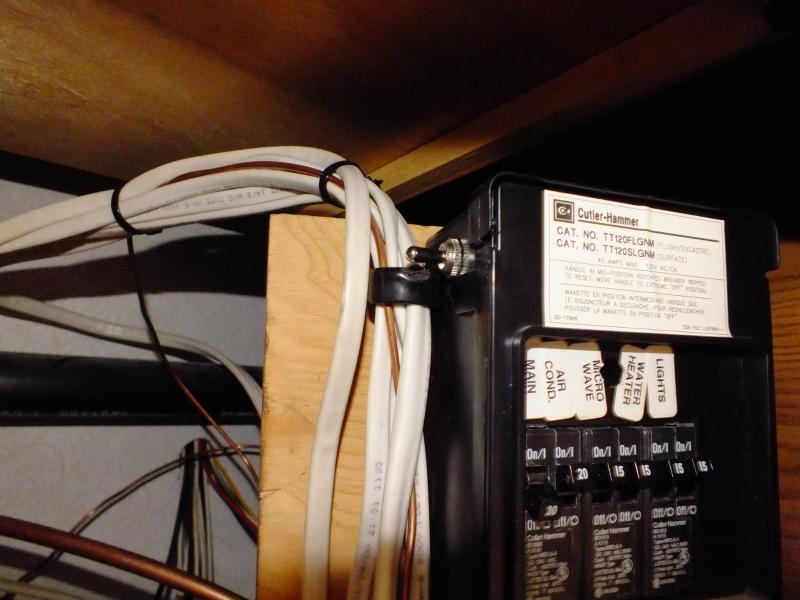
This is my transfer switch. I used a double pole double throw switch (DPDT) with center off. This way I could absolutely separate both circuits completely on both hot and neutral legs both. So if the switch is toward white Romex then the inverter is selected or if the switch is towards you then the city power is selected. This is wired into the LIGHTS breaker which feeds all the outlets in the RV. The only device that is included in this circuit is the refrigerator. Typically to save power I just select LP on the Norcold fridge and save the power for other things.
Solar Panels
My solar panels are NOT mounted to the roof like many people do. Mine are stand alone and allow me to park the RV in the shade of the trees like pictured above and set the panels out in the sun. This way you don't require to have air conditioning but just minimal power needs for lighting, water pump, etc. My panels store neatly under the bed and take very little room. They are nothing more than 45-watt panels or 15 watts per panel section.
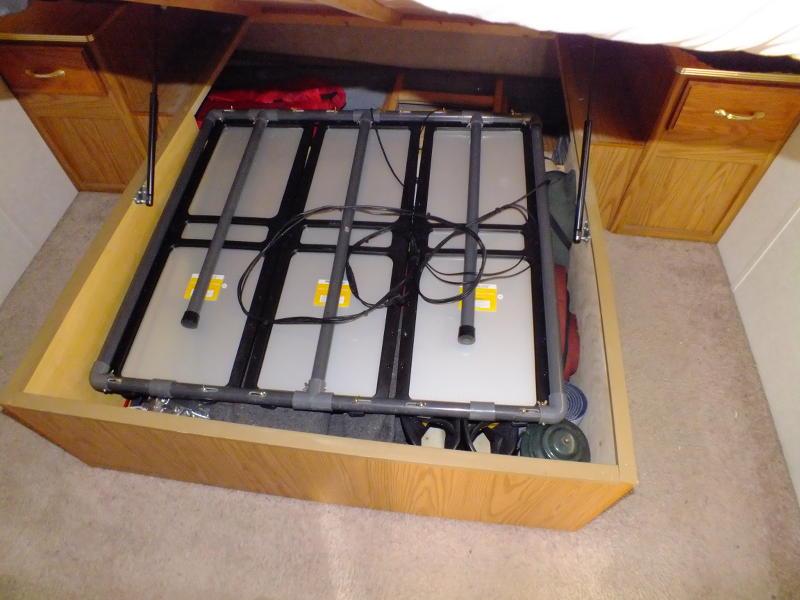
This isn't the best example of using the solar system but it's the only good photo I've got right now. But as the shade of the trees swung over the RV I was able to pick up the panels and relocate to sun spots and continue charging the batteries.

As for hook up of the solar panels I've made a pipe compartment under the edge of the RV body to store my solar power cord. So all I got to do is pull the cap off and remove the cord and plug it into the solar panels.
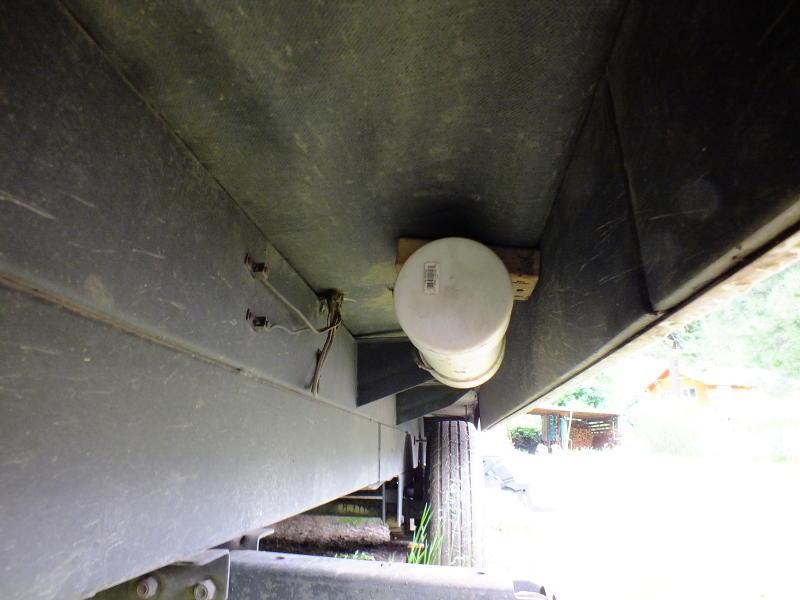
On a personal note...
My stick and bricks are also powered by 400 watts of solar and 200w of a hydro generator as well. I've been living on limit power now for over 20 years and understand how to properly split up my loads and share my resources properly. I've only got 4,000 watts of 120 VAC power here at home. Pictured below is eight 6V Trojan batteries weighing in at 1,000 pounds and provide 820 amp/hours of power. 4,000 watt 120 VAC Trace Inverter, Solar Controller, Transfer switch, 120VAC to 240VAC step up transformer for odd stuff like well pump and a few other things. I do have city power but tend to use most of my own power there the summer.
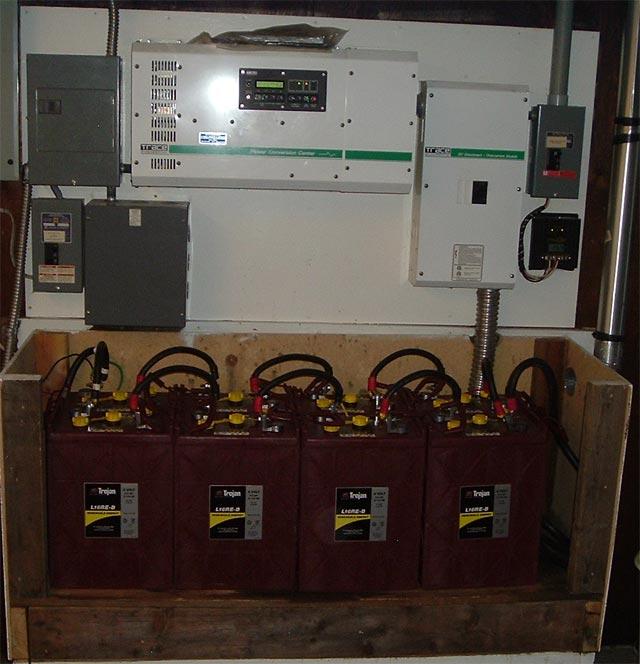



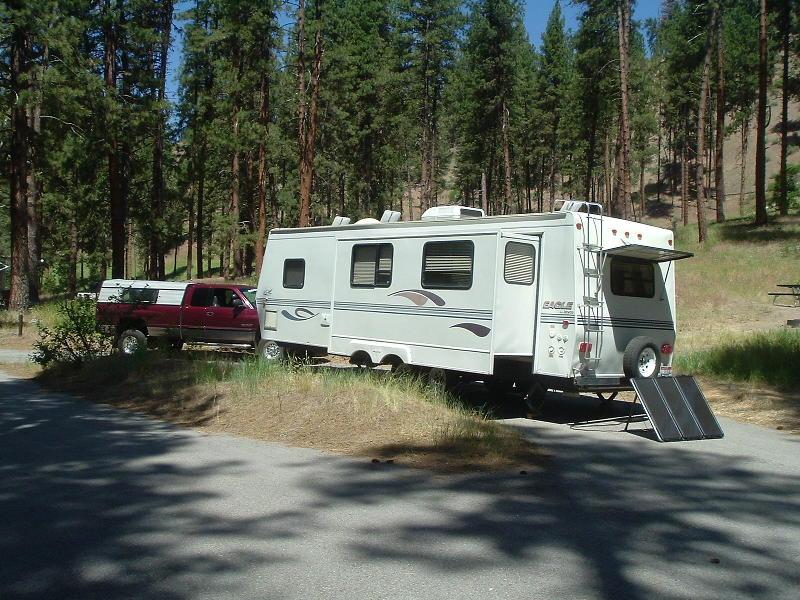

There are no reviews to display.